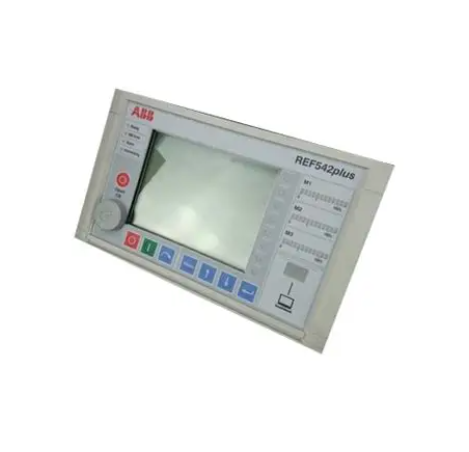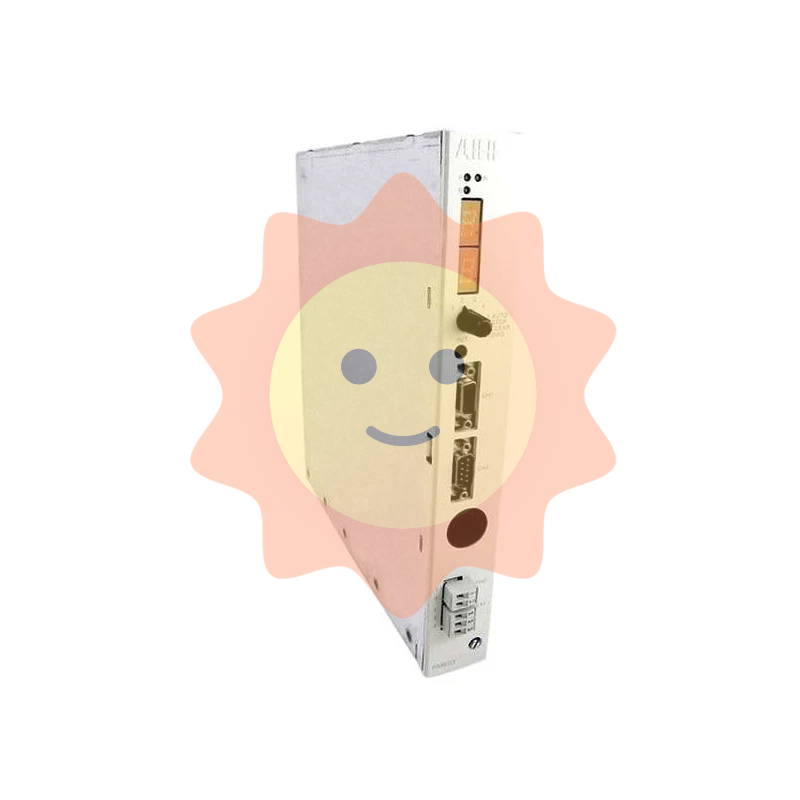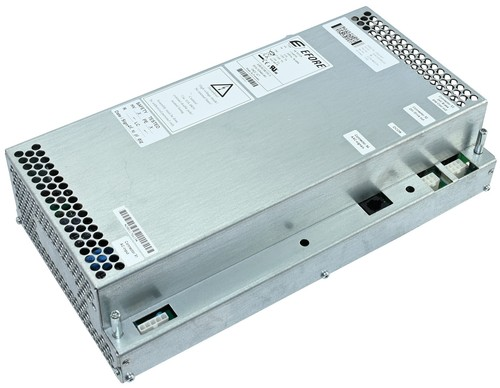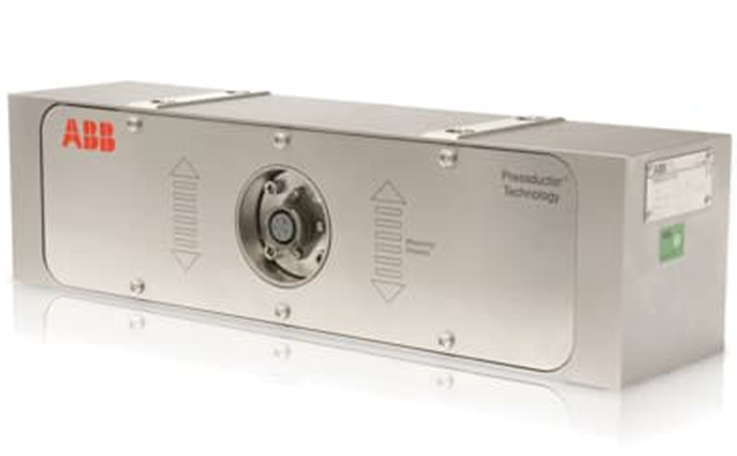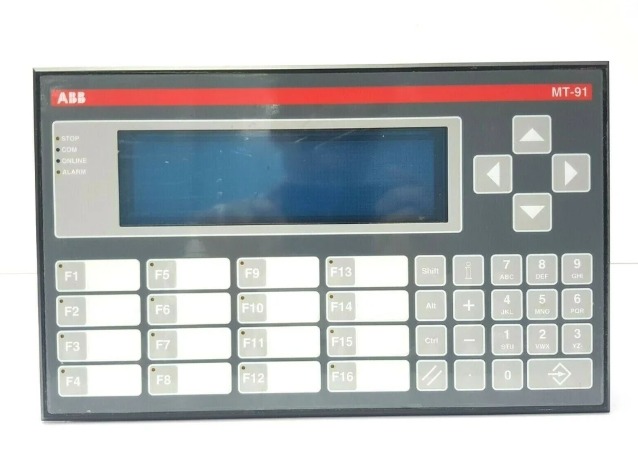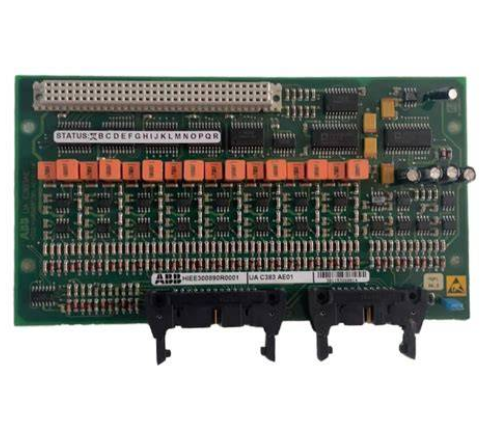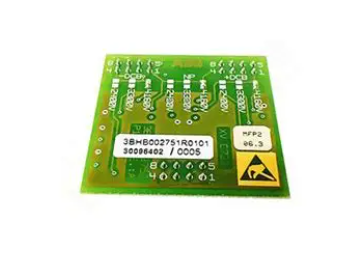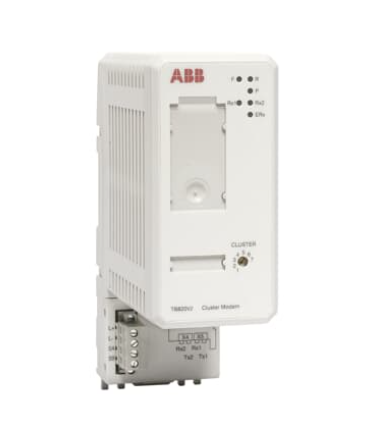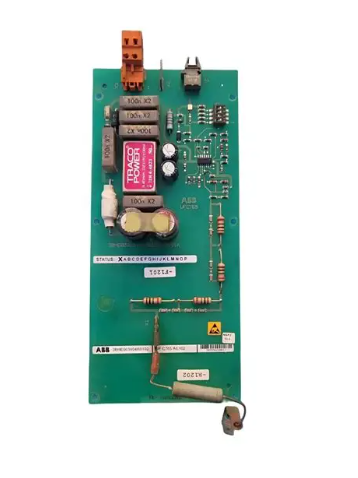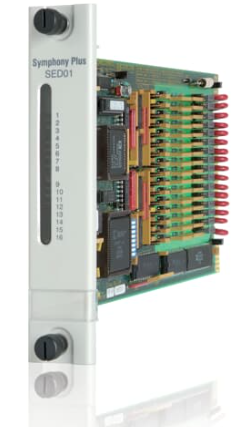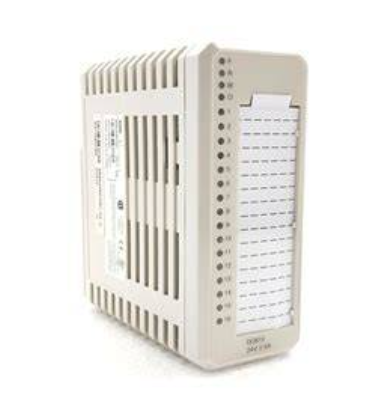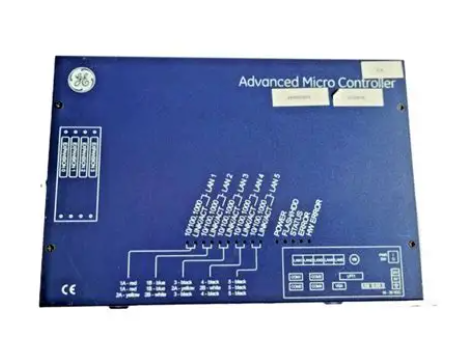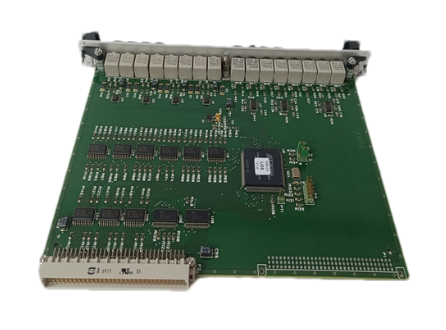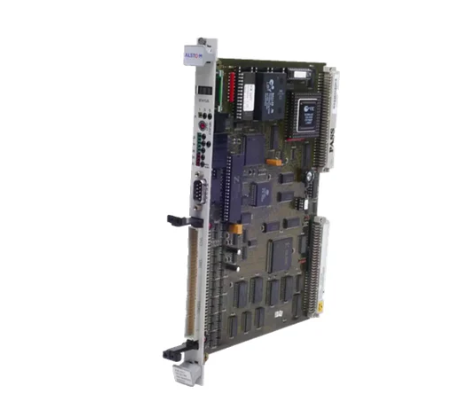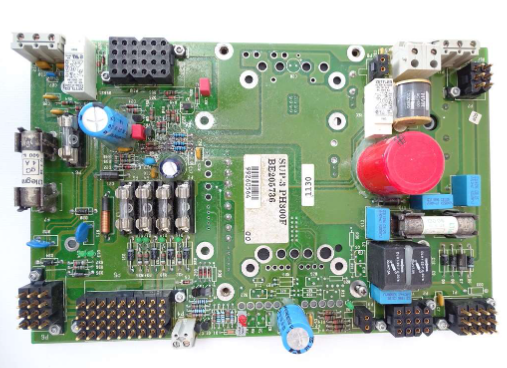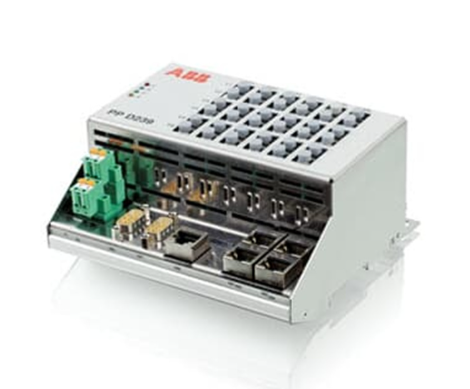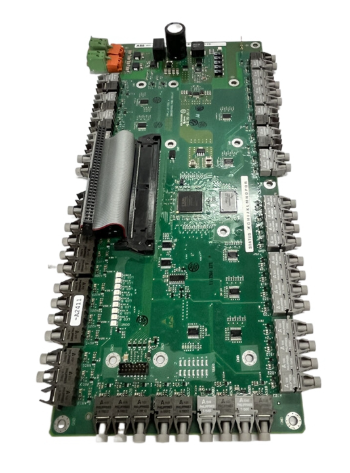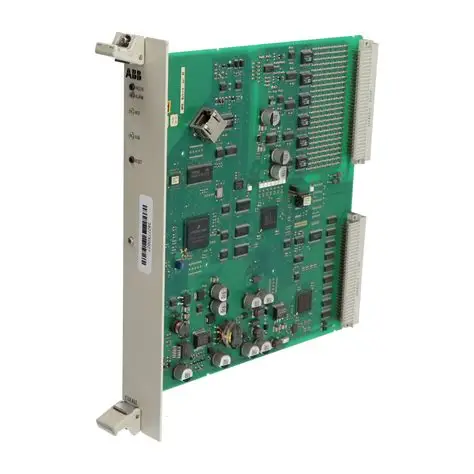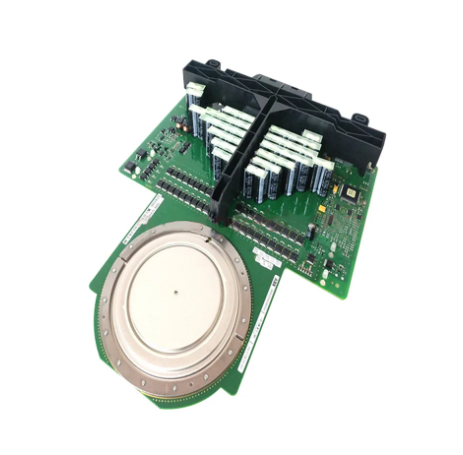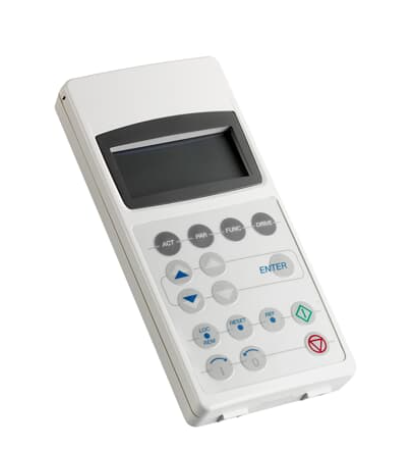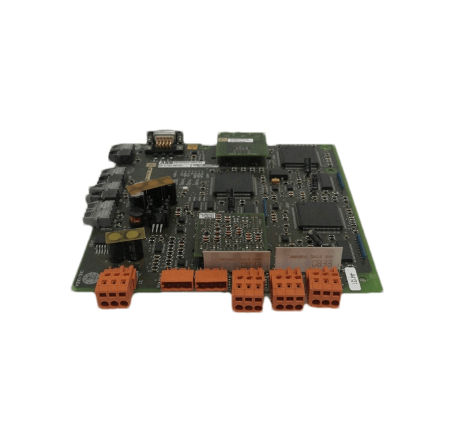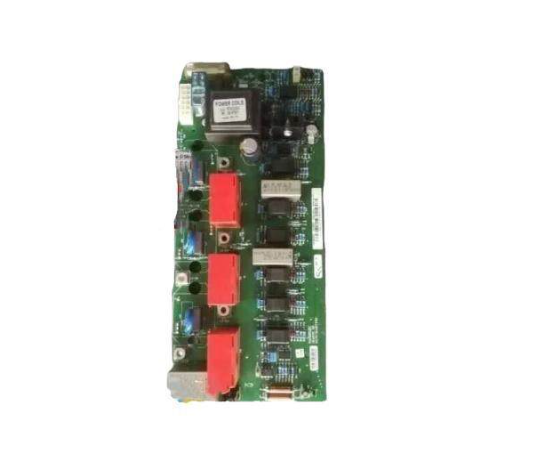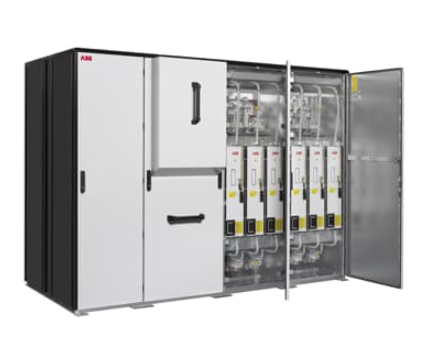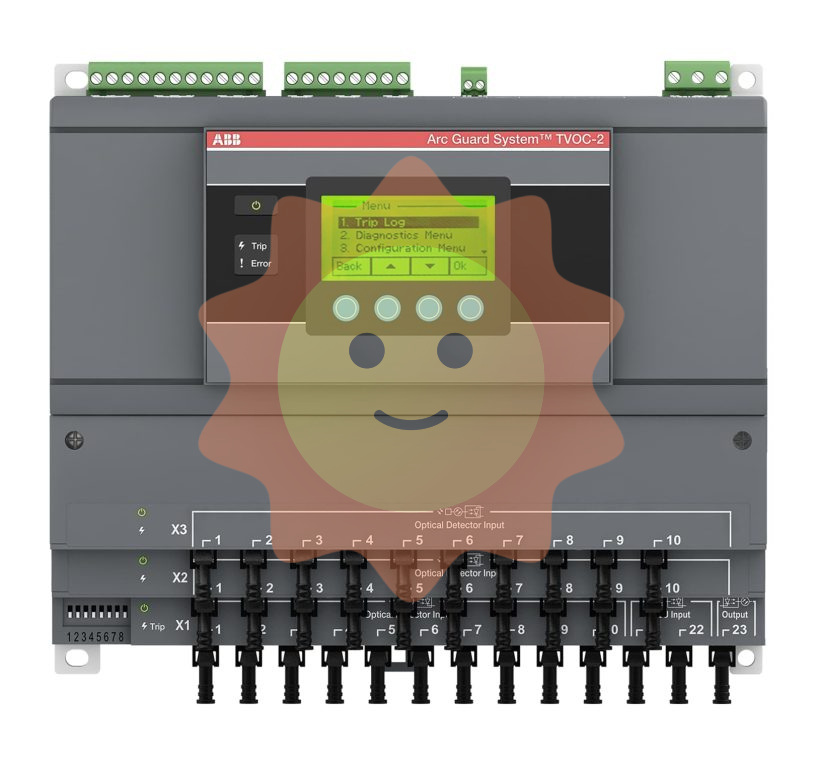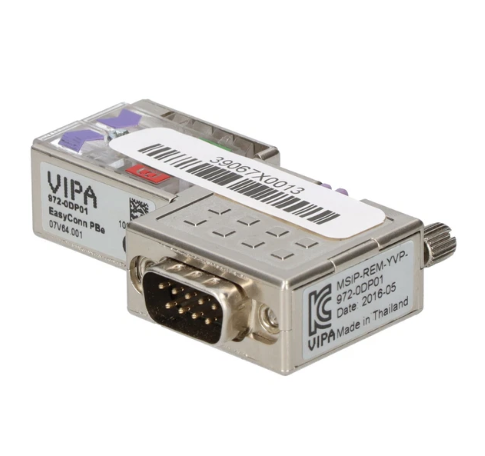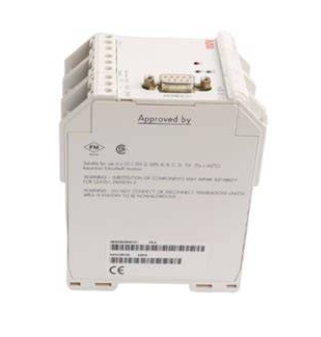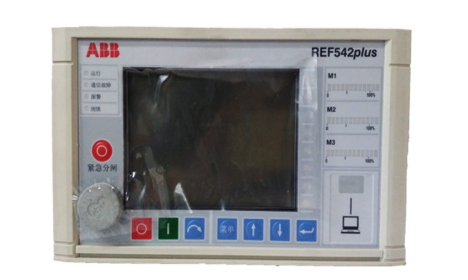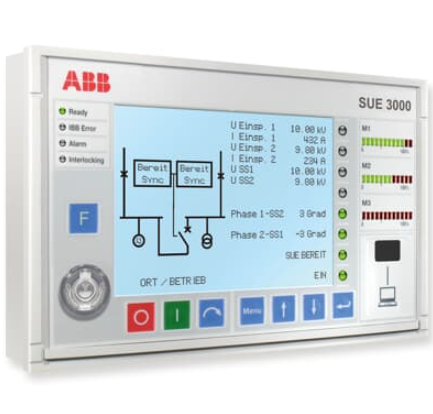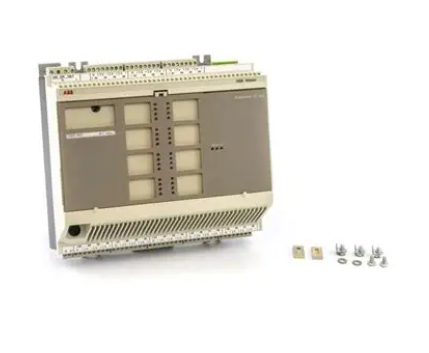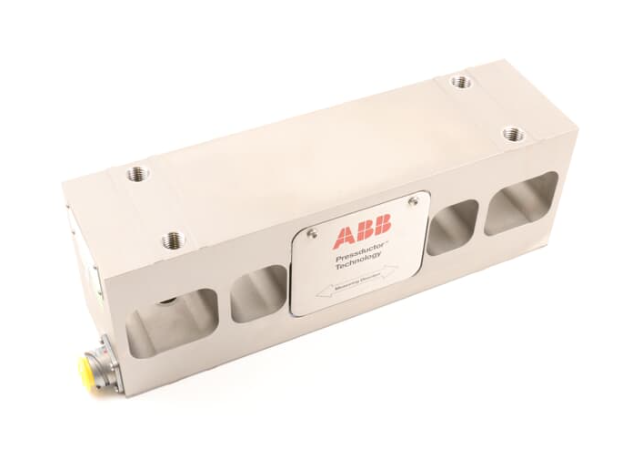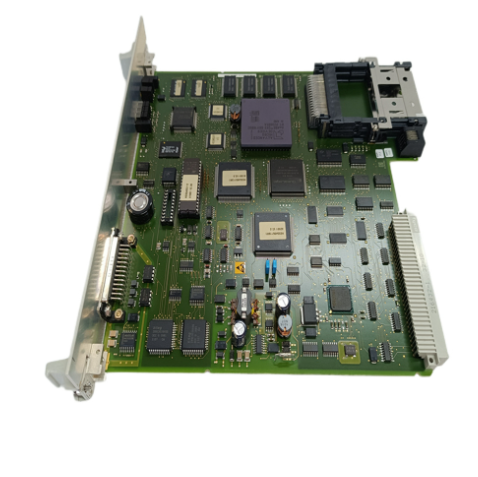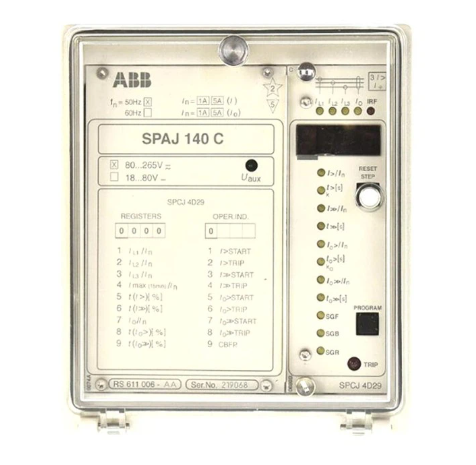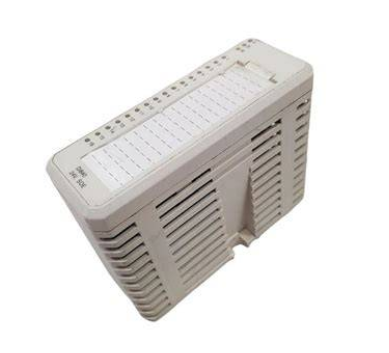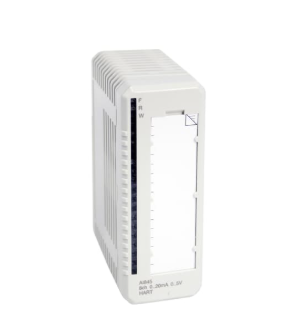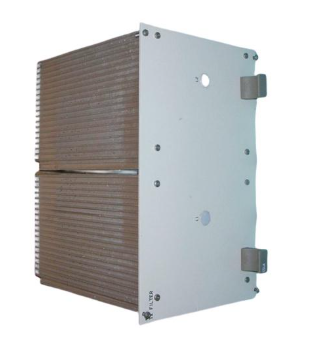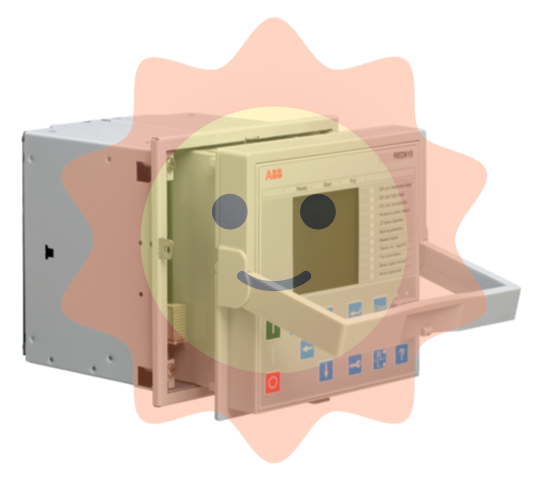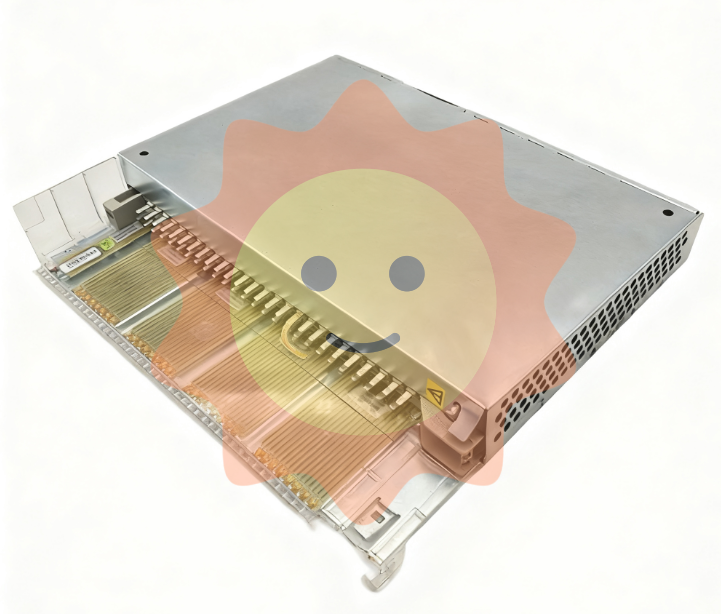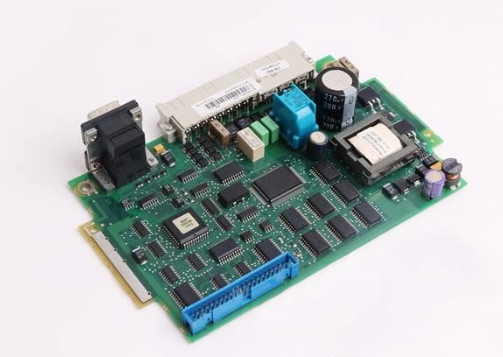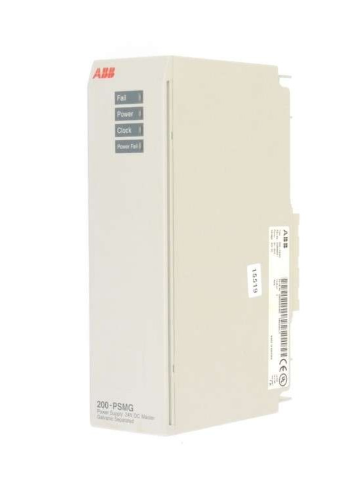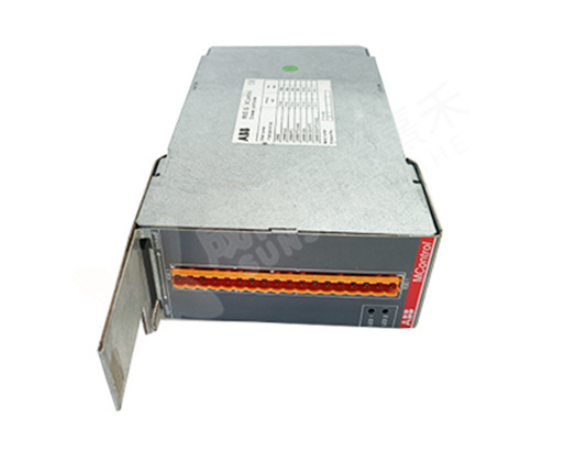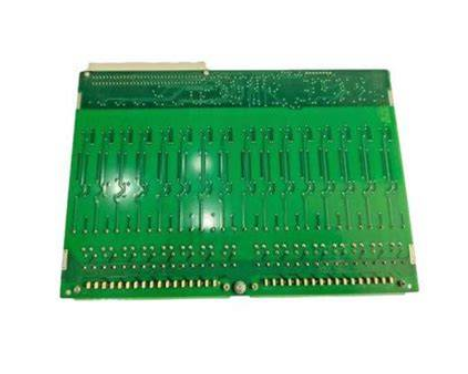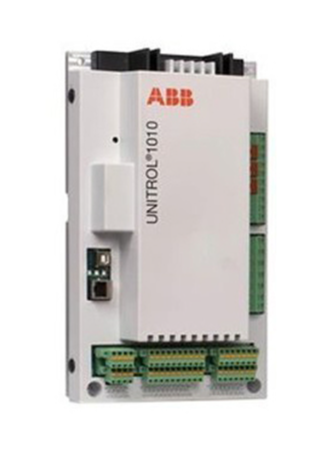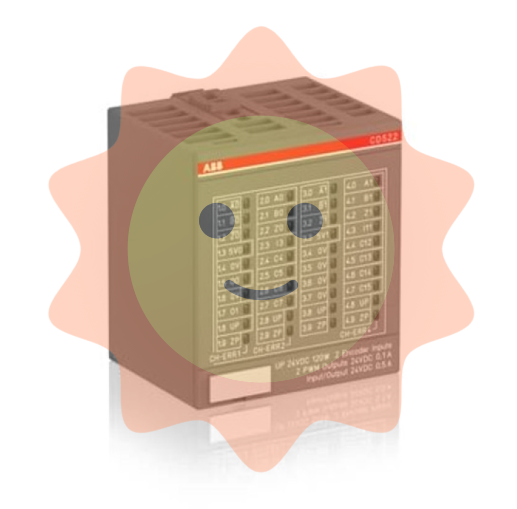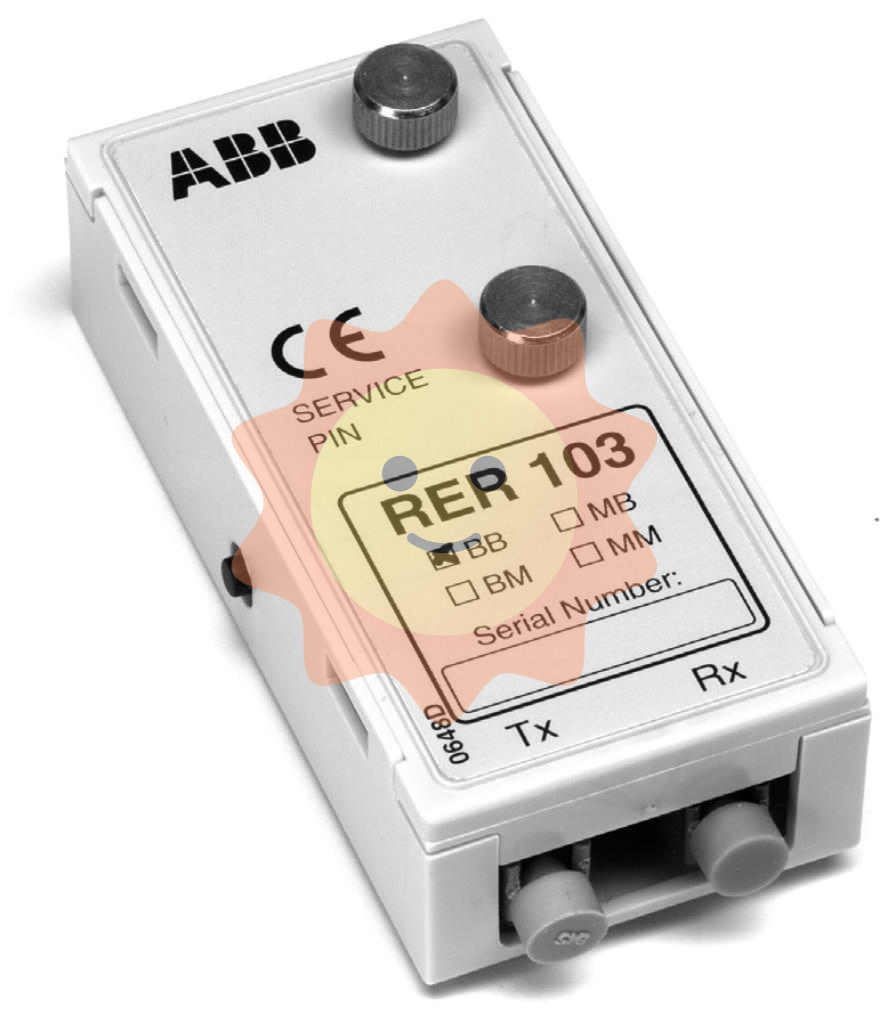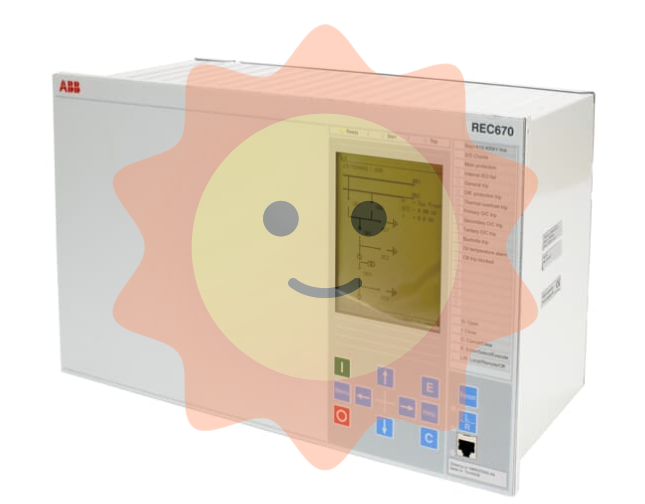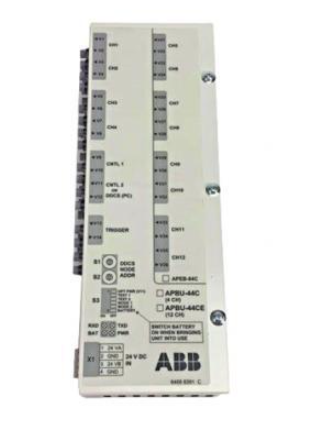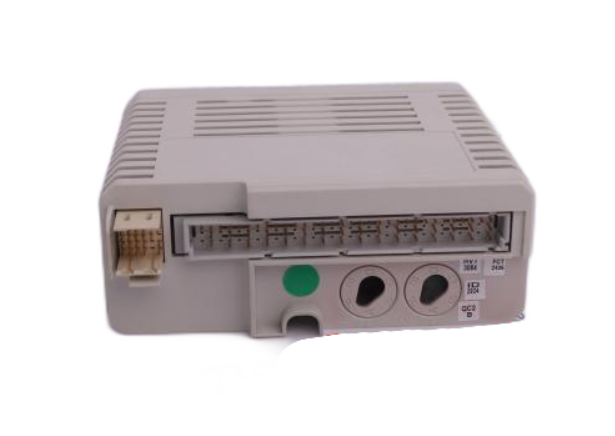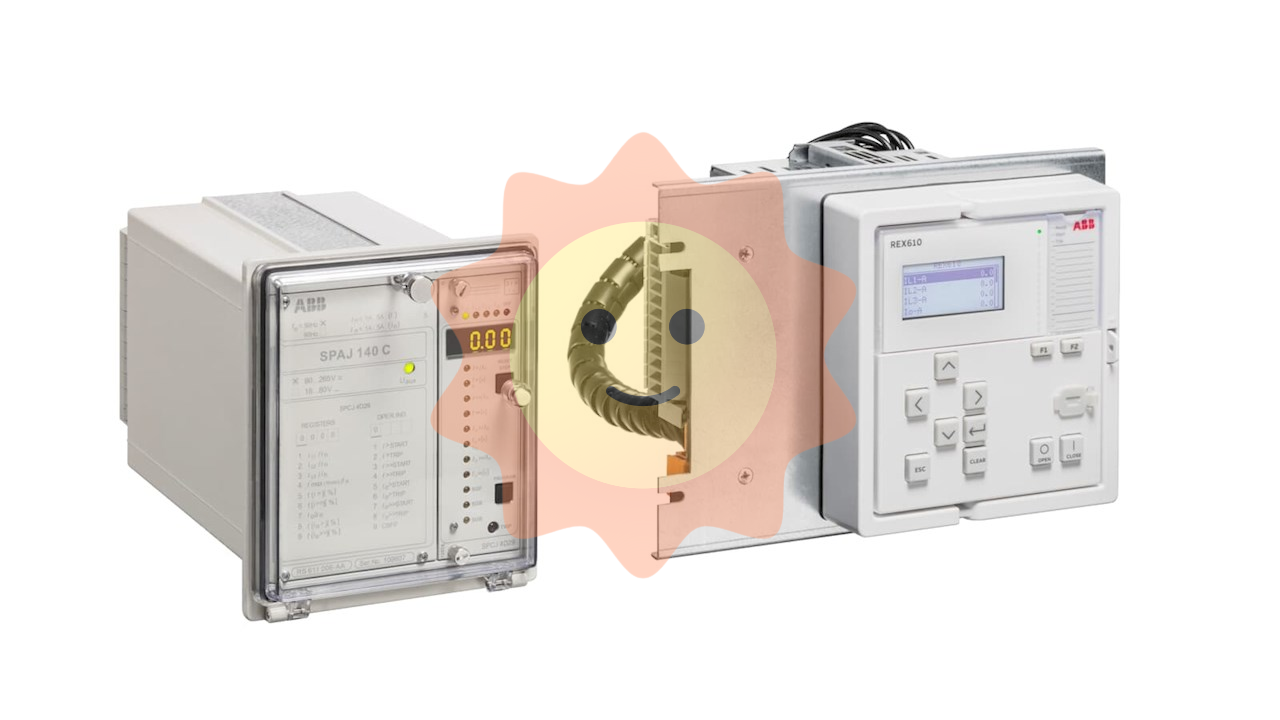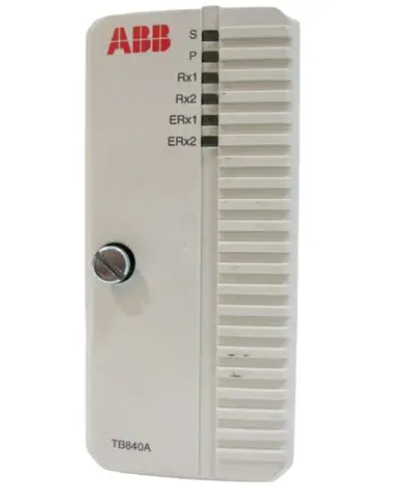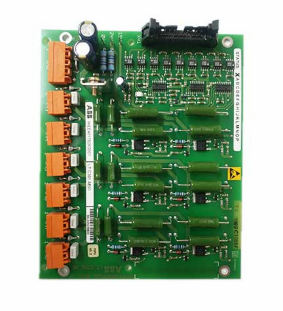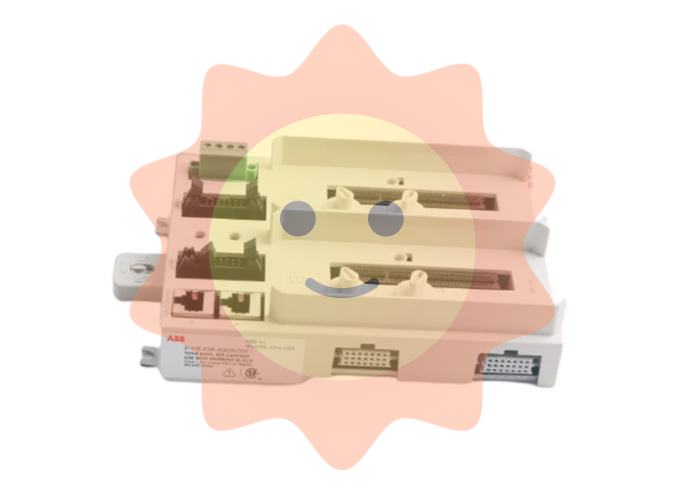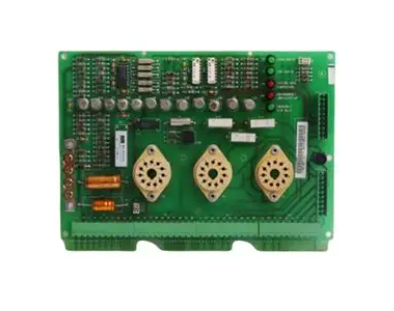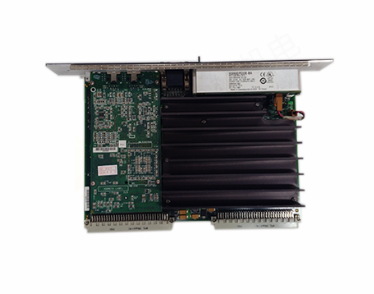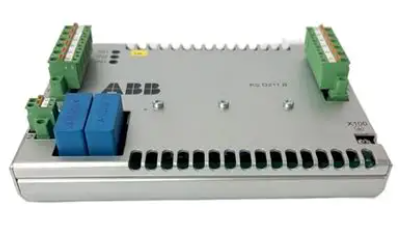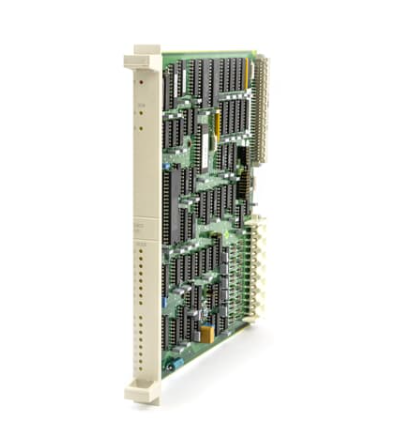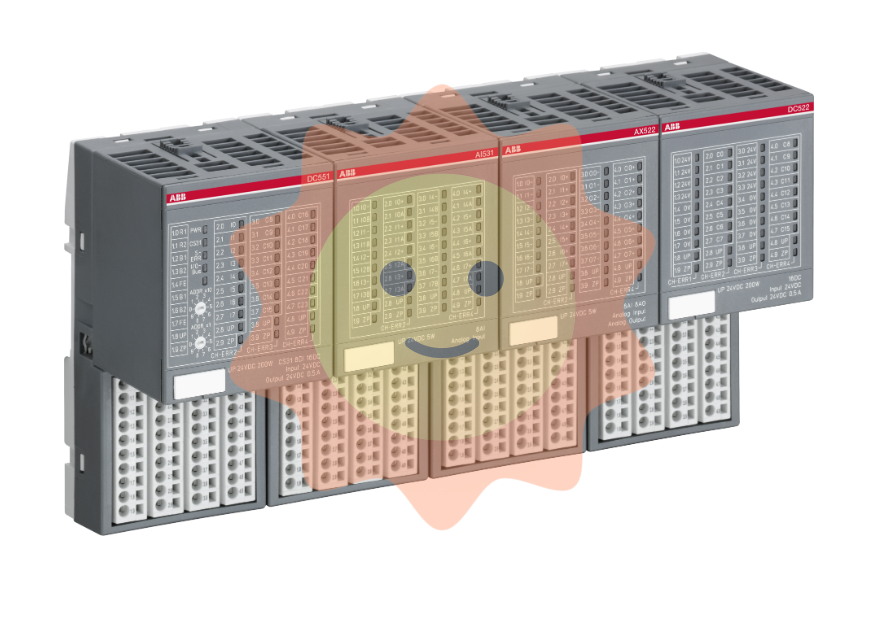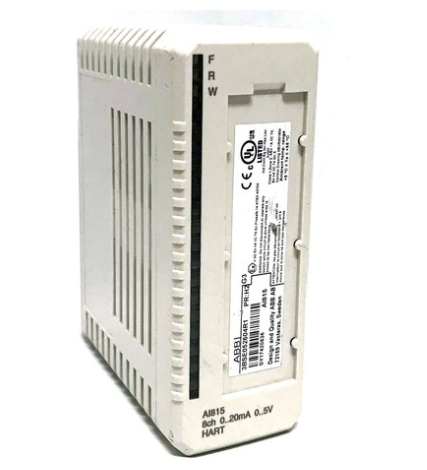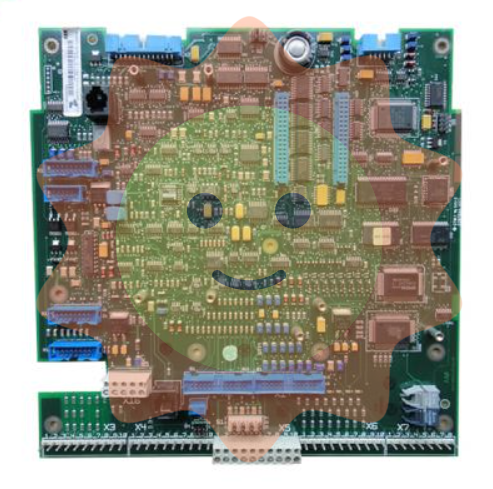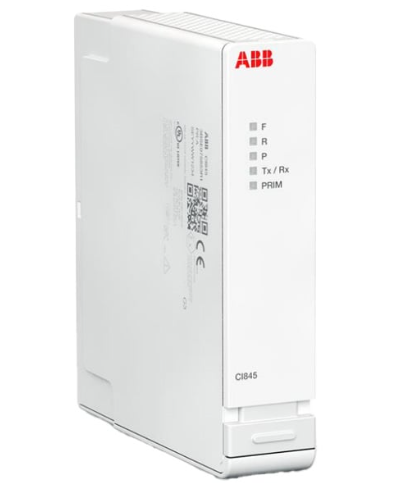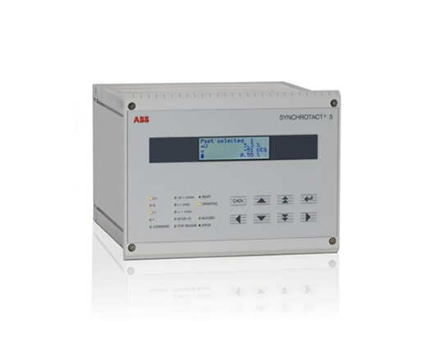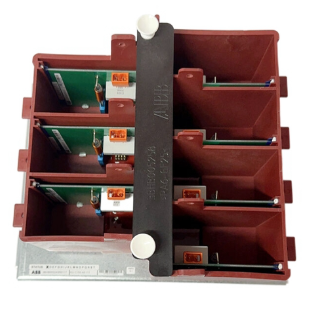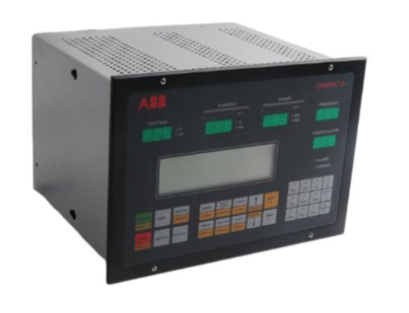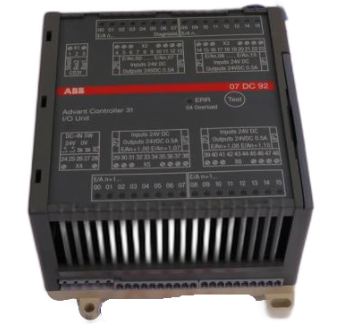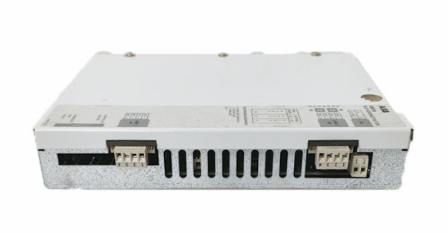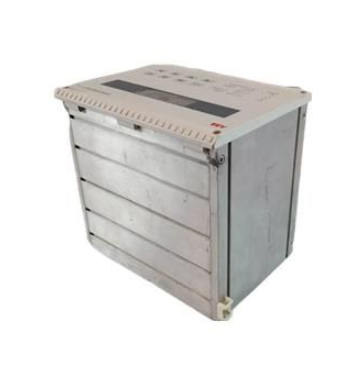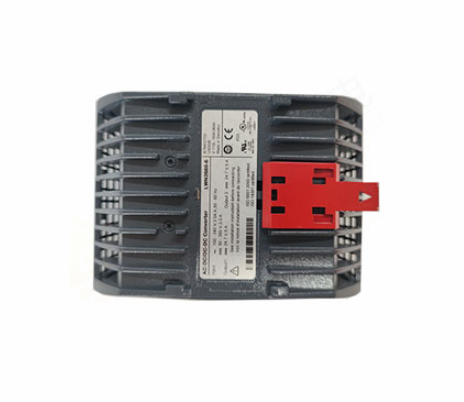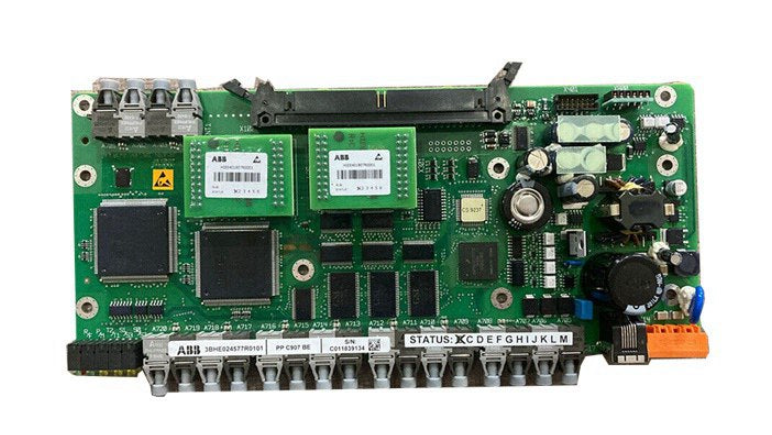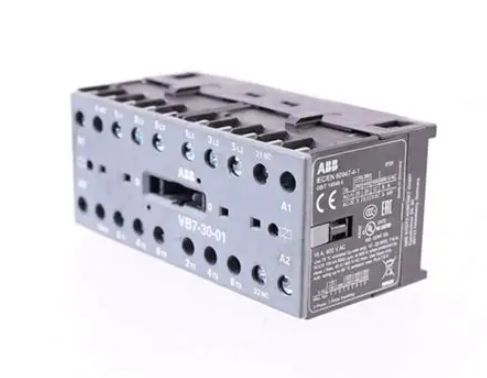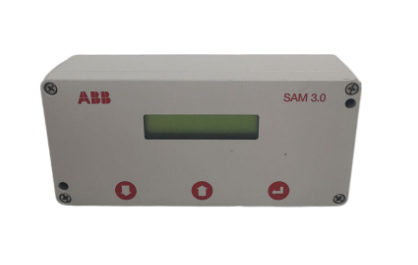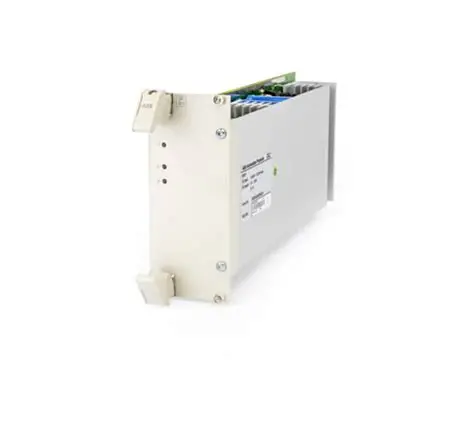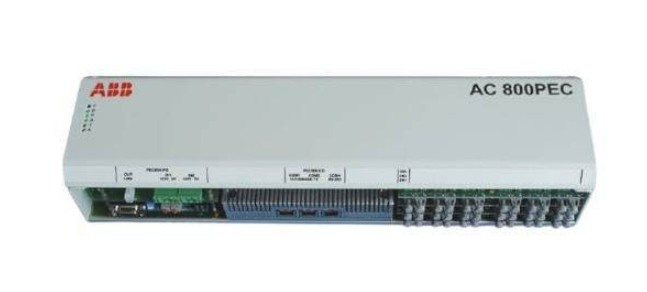ABB 3HAC4776-1/1 Industrial Control Module
Environmental adaptability: The working temperature range is generally from -25 ℃ to+60 ℃, and the relative humidity range is 5% -95% (without condensation). It has good resistance to vibration, impact, and electromagnetic interference, and can operate stably in harsh industrial environments.
Working principle
During the operation of industrial automation systems, the 3HAC4776-1/1 industrial control module first receives analog and digital signals from sensors through input interfaces, such as robot position information feedback from position sensors and pressure data detected by pressure sensors. The analog signal is amplified, filtered, and processed by the front-end signal conditioning circuit, and then converted into a digital signal by an A/D converter; Digital signals are directly subjected to level conversion and isolation processing, and then these signals are transmitted to the central processing unit (CPU) inside the module.
The CPU performs logical operations and algorithm processing on input signals based on pre written and stored control programs in the module memory, generating corresponding control instructions. After processing, these control instructions are transmitted to the executing mechanism through the output interface, such as the servo motor driver and regulating valve of the robot, to control the operating status of the equipment and achieve regulation of the industrial production process.
Throughout the entire operation, the communication module is responsible for data exchange with external devices. On the one hand, the collected data and module operation status information are packaged according to the selected communication protocol and uploaded to the upper computer monitoring system or other network devices through the communication interface; On the other hand, it receives control instructions and parameter adjustment information from the upper computer or other devices, and transmits them to the CPU for processing. At the same time, the fault diagnosis module continuously monitors the operating status of each part of the module, and once any abnormalities are detected, the corresponding fault handling mechanism is immediately triggered.
Key advantages
(1) Improve production accuracy and efficiency
High precision control capability makes industrial production processes more precise, reduces waste rates, and improves product quality. Fast data processing and transmission capabilities ensure timely device response, effectively improve production efficiency, and reduce production costs.
(2) Reduce the difficulty of system integration
The strong compatibility and rich communication protocol support enable this module to easily integrate into different industrial automation systems without the need for complex interface conversion and protocol adaptation, greatly reducing the difficulty and cost of system integration and accelerating project implementation progress.
(3) Reduce maintenance costs and downtime
A comprehensive fault diagnosis and protection mechanism can quickly locate the fault point and reduce troubleshooting time. Modular design facilitates the replacement of faulty modules, shortens equipment maintenance time, reduces maintenance costs, minimizes downtime caused by equipment failures, and ensures the continuity of industrial production.
(4) Adapt to diverse industrial demands
The flexible scalability and customizable control functions enable it to meet the diverse needs of different industries and production processes. Whether it is simple single machine control or complex production line automation systems, it can provide reliable control solutions.
precautions
(1) Installation environment requirements
When installing, a dry, well ventilated, and suitable temperature environment should be selected to avoid installation in places with high temperature, humidity, corrosive gases, or strong electromagnetic interference. If it is impossible to avoid harsh environments, effective protective measures should be taken, such as installing heat dissipation devices, electromagnetic shielding equipment, etc., to ensure the normal operation of the module.
(2) Wiring standard operation
Strictly follow the wiring diagram in the product manual to connect the power and signal lines, ensuring correct wiring and accurate polarity. Different types of signals (such as analog, digital, and power lines) should be wired separately to avoid signal interference. After the wiring is completed, carefully check whether the wiring terminals are secure to prevent loose connections that may cause poor contact or short circuits.
(3) Programming and Parameter Setting
Before programming and parameter setting, it is necessary to fully understand the industrial control requirements and the functional characteristics of the module, to ensure that the control program logic written is correct and the parameter settings are reasonable. When modifying programs and parameters, it is important to make backups to prevent data loss. When downloading programs and updating parameters, ensure that the module is in a safe state to avoid module failures or production accidents caused by improper operation.
- EMERSON
- Honeywell
- CTI
- Rolls-Royce
- General Electric
- Woodward
- Yaskawa
- xYCOM
- Motorola
- Siemens
- Rockwell
- ABB
- B&R
- HIMA
- Construction site
- electricity
- Automobile market
- PLC
- DCS
- Motor drivers
- VSD
- Implications
- cement
- CO2
- CEM
- methane
- Artificial intelligence
- Titanic
- Solar energy
- Hydrogen fuel cell
- Hydrogen and fuel cells
- Hydrogen and oxygen fuel cells
- tyre
- Chemical fiber
- dynamo
- corpuscle
- Pulp and paper
- printing
- fossil
- FANUC
- Food and beverage
- Life science
- Sewage treatment
- Personal care
- electricity
- boats
- infrastructure
- Automobile industry
- metallurgy
- Nuclear power generation
- Geothermal power generation
- Water and wastewater
- Infrastructure construction
- Mine hazard
- steel
- papermaking
- Natural gas industry
- Infrastructure construction
- Power and energy
- Rubber and plastic
- Renewable energy
- pharmacy
- mining
- Plastic industry
- Schneider
- Kongsberg
- NI
- Wind energy
- International petroleum
- International new energy network
- gas
- WATLOW
- ProSoft
- SEW
- wind
- ADVANCED
- Reliance
- YOKOGAWA
- TRICONEX
- FOXBORO
- METSO
- MAN
- Advantest
- ADVANCED
- ALSTOM
- Control Wave
- AB
- AMAT
- STUDER
- KONGSBERG
- MOTOROLA
- DANAHER MOTION
- Bently
- Galil
- EATON
- MOLEX
- Triconex
- DEIF
- B&W
- ZYGO
- Aerotech
- DANFOSS
- KOLLMORGEN
- Beijer
- Endress+Hauser
- MOOG
- KB
- Moxa
- Rexroth


Email:wang@kongjiangauto.com


